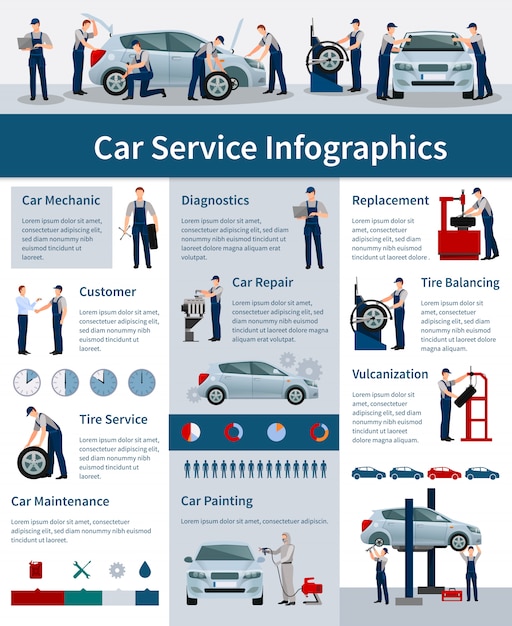Assessing Your Automobile'S Caution Indicators: What They Really Share
Assessing Your Automobile'S Caution Indicators: What They Really Share
Blog Article
Content Writer-Samuelsen Corbett
When you're behind the wheel, those radiant warning lights on your control panel can be a little bit complicated. Do you understand what they're attempting to tell you concerning your auto's health? Understanding find more of these lights is essential for your security and the longevity of your car. So, the next time among those lights pops up, would not you want to analyze its message accurately and take the necessary actions to address it?
Common Caution Lighting and Interpretations
Recognize common warning lights in your automobile and recognize their meanings to guarantee secure driving.
The most regular caution lights consist of the check engine light, which signifies problems with the engine or emissions system. If this light begins, it's vital to have your lorry examined immediately.
The oil stress alerting light indicates reduced oil stress, needing instant attention to prevent engine damage.
A flashing battery light may recommend a damaged charging system, potentially leaving you stranded if not addressed.
The tire pressure surveillance system (TPMS) light notifies you to low tire pressure, affecting automobile stability and fuel effectiveness. Overlooking this could lead to harmful driving conditions.
The abdominal light indicates an issue with the anti-lock stopping system, endangering your capacity to stop swiftly in emergency situations.
Finally, the coolant temperature warning light warns of engine getting too hot, which can result in severe damages if not resolved swiftly.
Understanding these usual caution lights will aid you resolve issues immediately and keep secure driving problems.
Significance of Prompt Interest
Understanding the typical caution lights in your car is only the primary step; the significance of quickly resolving these cautions can not be highlighted sufficient to guarantee your safety on the road.
When a warning light brightens on your control panel, it's your automobile's means of communicating a potential concern that requires attention. Disregarding these cautions can bring about a lot more serious issues down the road, compromising your safety and security and possibly costing you extra in repairs.
Prompt focus to warning lights can prevent breakdowns and accidents. As an example, a blinking check engine light can show a misfire that, if left neglected, might create damage to the catalytic converter. Resolving this immediately can save you from a costly repair work.
In a similar way, a brake system warning light could signify low brake fluid or used brake pads, crucial components for your safety when driving.
Do It Yourself Troubleshooting Tips
If you observe a warning light on your control panel, there are a couple of do it yourself troubleshooting pointers you can attempt before seeking professional aid.
The first step is to consult your auto's handbook to understand what the specific caution light suggests. Occasionally the problem can be as simple as a loose gas cap causing the check engine light. Tightening the gas cap might settle the issue.
Another common concern is a low battery, which can activate different advising lights. Inspecting the battery links for rust and guaranteeing they're secure could deal with the trouble.
If a warning light lingers, you can try resetting it by detaching the cars and truck's battery for a couple of mins and then reconnecting it. Additionally, inspecting https://oilchangeprices17395.bloggerswise.com/36670157/delve-into-the-important-considerations-that-will-allow-you-to-make-the-most-effective-selections-for-your-car-s-upkeep , such as oil, coolant, and brake liquid, can assist troubleshoot warning lights related to these systems.
Conclusion
To conclude, comprehending your car's caution lights is essential for keeping your lorry running smoothly and safely. By immediately attending to these signals and understanding what they imply, you can avoid costly repair services and potential break downs.
Remember to consult your vehicle's manual for specific details on each warning light and take action accordingly to make certain a trouble-free driving experience.
Keep notified, stay safe when traveling!
